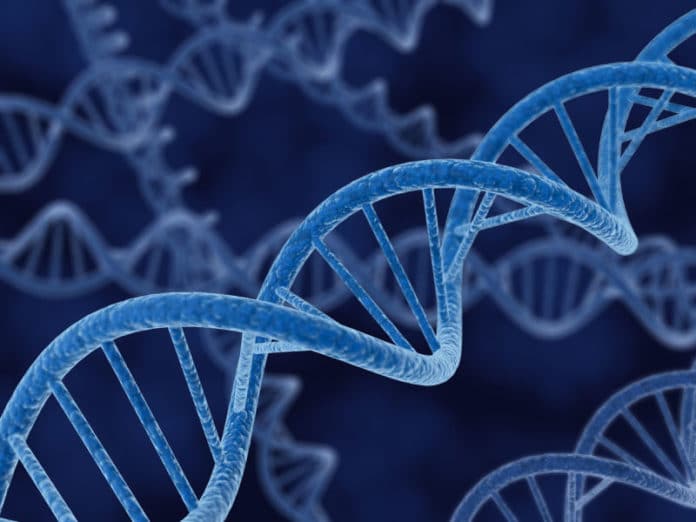How a critical cellular process is regulated? What that could mean for the future study of genetics?
In 1950, Scientists identified DNA replication, but how this process was regulated- remains unclear. Now after more than half a century of research on molecular genetics, Florida State University scientists finally understand the mechanism.
In a new study, they showed that there are specific points along the DNA molecule that controls replication.
David Gilbert, the J. Herbert Taylor Distinguished Professor of Molecular Biology said, “It’s been quite a mystery. Replication seemed resilient to everything we tried to do to perturb it. We’ve described it in detail, shown it changes in different cell types and that it is disrupted in disease. But until now, we couldn’t find that final piece, the control elements or the DNA sequences that control it.”
Scientists examined a single segment of the DNA in the highest possible 3D resolution and saw three sequences along the DNA molecule touching each other frequently. They then used CRISPR, a sophisticated gene editing technology, to remove these three areas simultaneously.
They found that these three elements together were the key to DNA replication. In addition to the effect on replication timing, the removal of the three elements caused the 3D structure of the DNA molecule to change dramatically.
Gilbert said, “Removing these elements shifted the segment’s replication time from the very beginning to the very end of the process. This was one of those moments where just one result knocks your socks off.”
Doctoral student Jiao Sima said, “We have for the first time pinpointed specific DNA sequences in the genome that regulate chromatin structure and replication timing. These results reflect one possible model of how DNA folds inside cells and how these folding patterns could impact the hereditary materials’ function.”
The study opens up a new path of research in genetics. At the point when replication timing is altered— as it was in Gilbert and Sima’s trial — it can totally change how the genetic data of a cell is interpreted. In addition, it could become crucial information as scientists tackle complicated diseases where the replication timing is disrupted.
Gilbert said, “If you duplicate at a different place and time, you might assemble a completely different structure. A cell has different things available to it at different times. Changing when something replicates changes the packaging of the genetic information.”
This research published in the journal Cell– was supported by the National Institutes of Health.
Other researchers from Florida State University contributed to this study, as well as scientists from La Jolla Institute for Allergy and Immunology, the Babraham Institute, the University of Michigan, the Gladstone Institute of Cardiovascular Disease and Roddenberry Center for Stem Cell Biology and Medicine, University of California San Francisco and Charité Universitätsmedizin Berlin.
